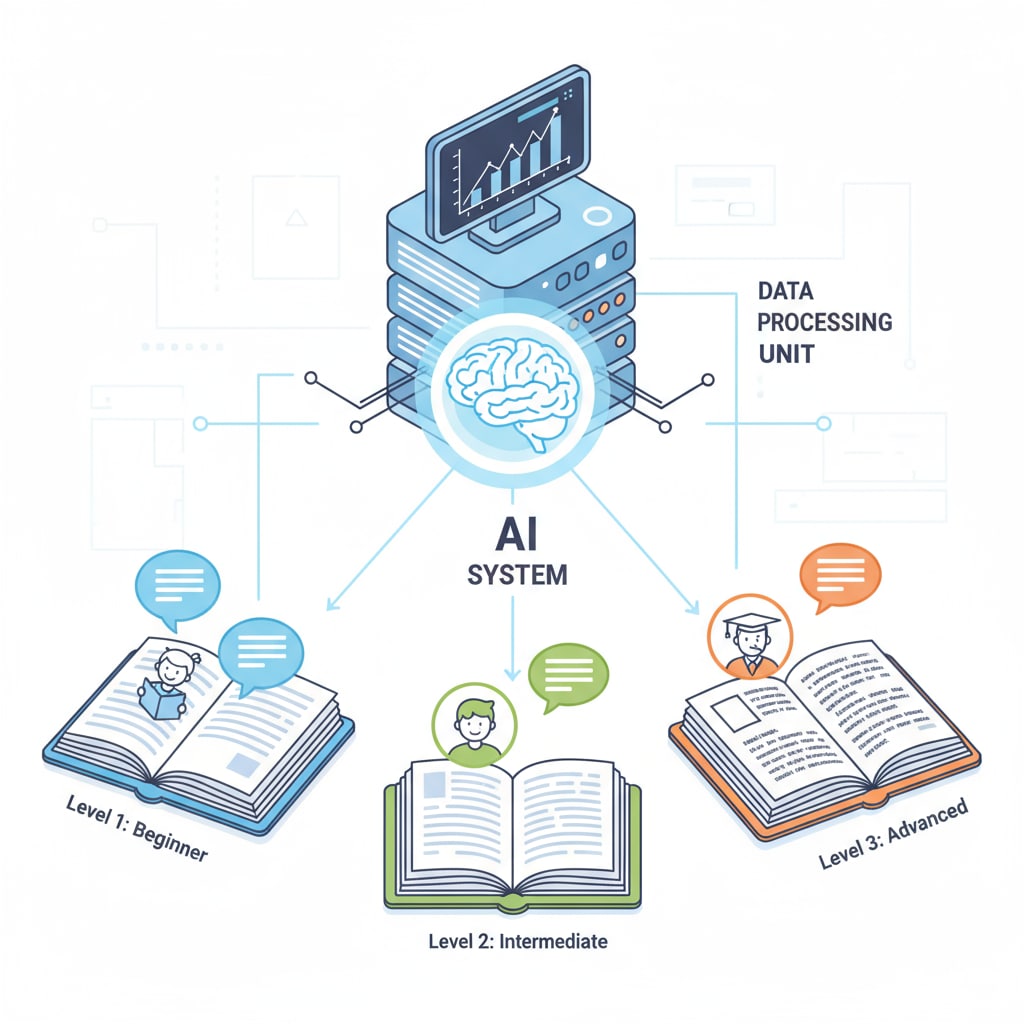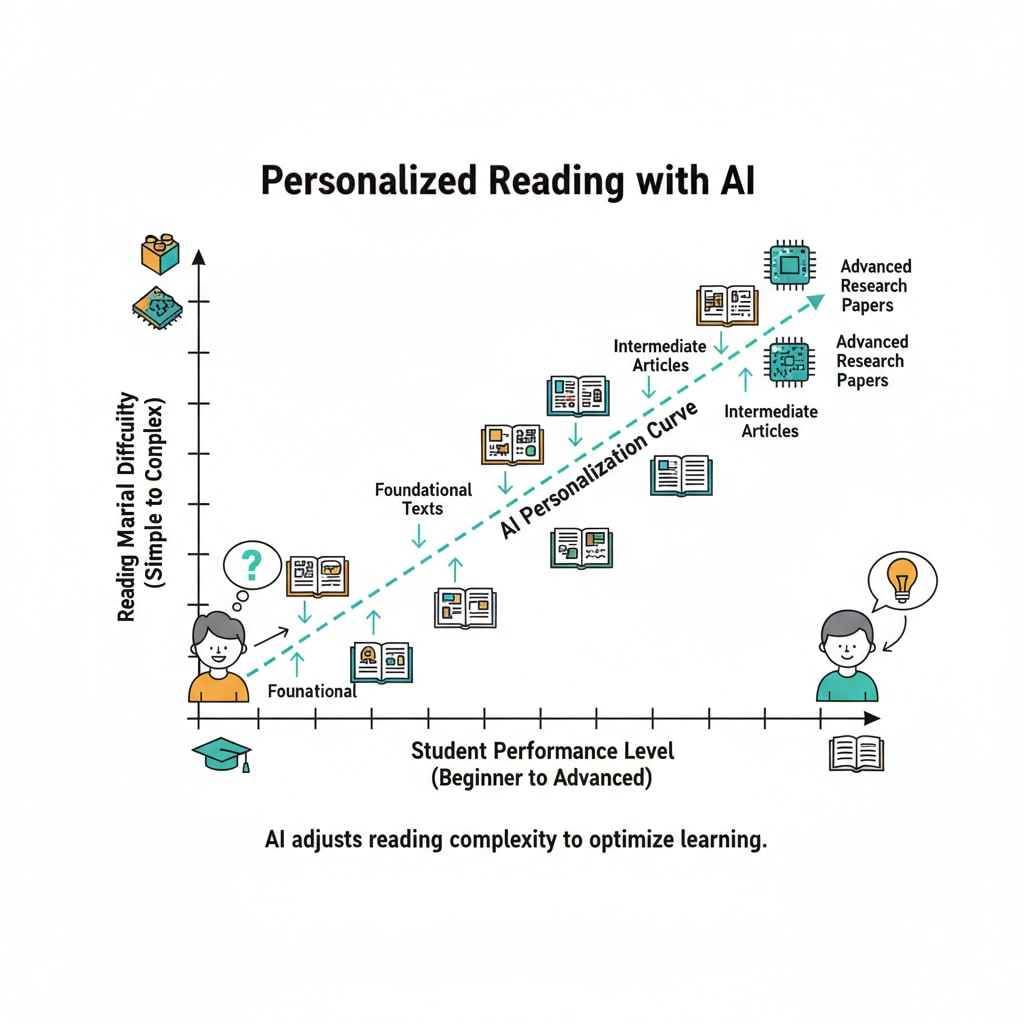AI tools, decodable reading materials, and educational applications are at the forefront of transforming K12 education. The integration of AI in creating decodable reading materials has opened up new possibilities.

The Value of AI in Creating Decodable Reading Materials
AI tools bring several benefits to the creation of decodable reading materials. Firstly, they can quickly analyze vast amounts of text data. By doing so, they can identify patterns in language, such as common phonics rules and vocabulary frequency. For example, an AI system can sift through thousands of children’s books to find words that follow specific phonetic patterns. This helps in creating reading materials that are tailored to a student’s current reading level. Artificial intelligence in education on Wikipedia
Secondly, AI can personalize the reading experience. It can adapt the content of the reading materials based on a student’s performance. If a student is struggling with a particular phonics concept, the AI can generate more exercises and reading passages that focus on that area. This personalized approach has the potential to improve a student’s reading skills more effectively.

The Controversies Surrounding AI in Reading Instruction
However, the use of AI in creating decodable reading materials also raises some concerns. One of the main issues is related to educational ethics. There are questions about the accuracy and reliability of the content generated by AI. Since AI systems are trained on existing data, if the data contains biases or inaccuracies, the generated reading materials may also be flawed. Artificial intelligence on Britannica
Another concern is the potential replacement of human educators. While AI can generate materials and provide some level of instruction, it lacks the human touch. Teachers play a crucial role in guiding students, understanding their unique needs, and providing emotional support. The over-reliance on AI in reading instruction may lead to a less engaging and effective learning environment.
Readability guidance: The use of AI in creating decodable reading materials has both value and controversy. Educators need to carefully consider these aspects to make the most of this technology while ensuring a high-quality education for students. By understanding the benefits and drawbacks, they can strike a balance between leveraging AI’s capabilities and maintaining the essential role of human interaction in the learning process.


